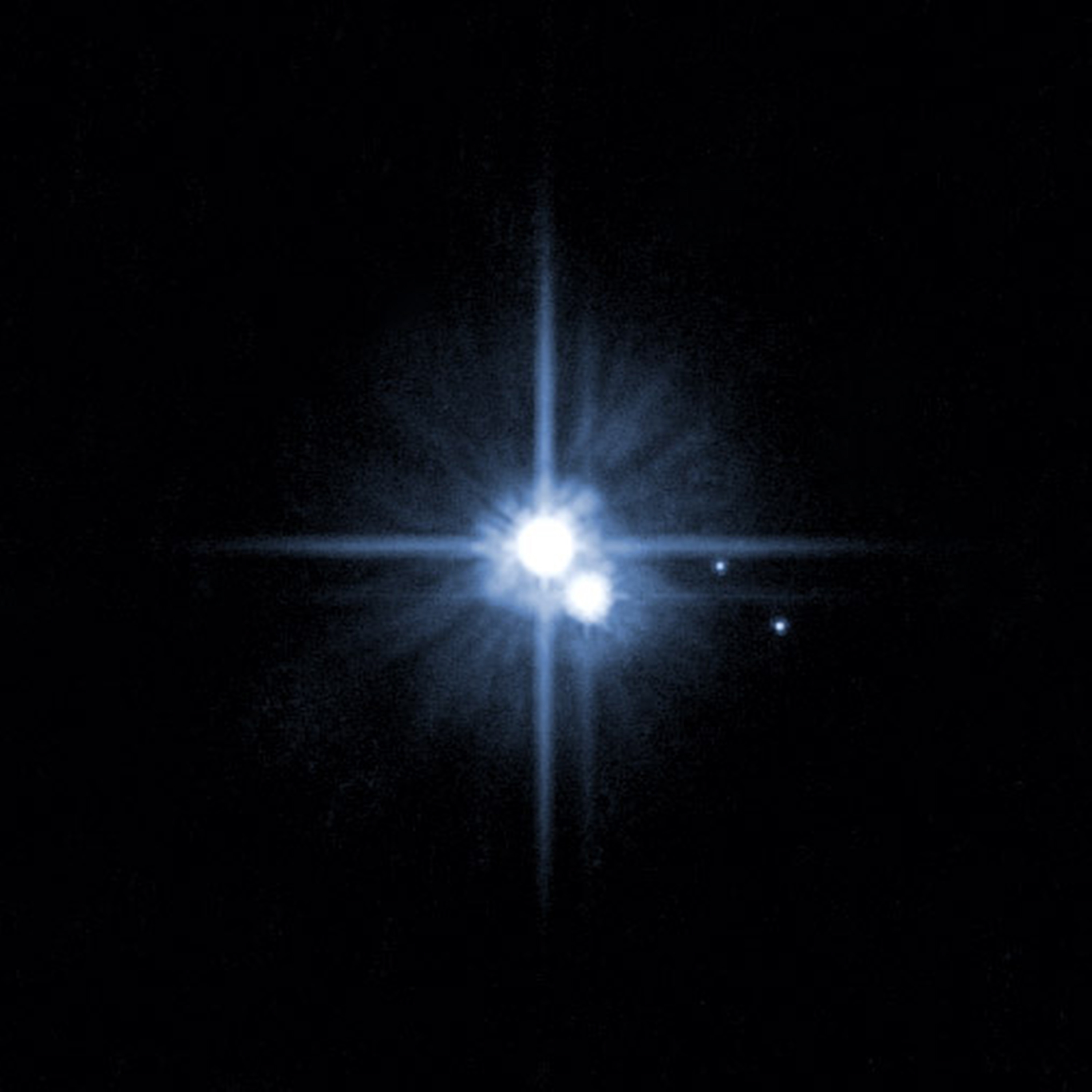CAPE CANAVERAL, Fla. — “Star Trek” fans, rejoice.
An online vote to name Pluto’s two newest, itty-bitty moons is over. And No. 1 is Vulcan, a name suggested by actor William Shatner, who played Capt. Kirk in the original “Star Trek” TV series.
Vulcan snared more than a third of the more than 450,000 votes cast during the two-week contest, which ended Monday. In second place with nearly 100,000 votes was Cerberus, the three-headed dog that guarded the gates of the underworld.
Vulcan, the Roman god of lava and smoke, was Pluto’s nephew. Vulcan was also the home planet of the pointy-eared humanoids in the “Star Trek” shows. Think Mr. Spock.
“174,062 votes and Vulcan came out on top of the voting for the naming of Pluto’s moons. Thank you to all who voted!” Shatner tweeted once the tally was complete.



